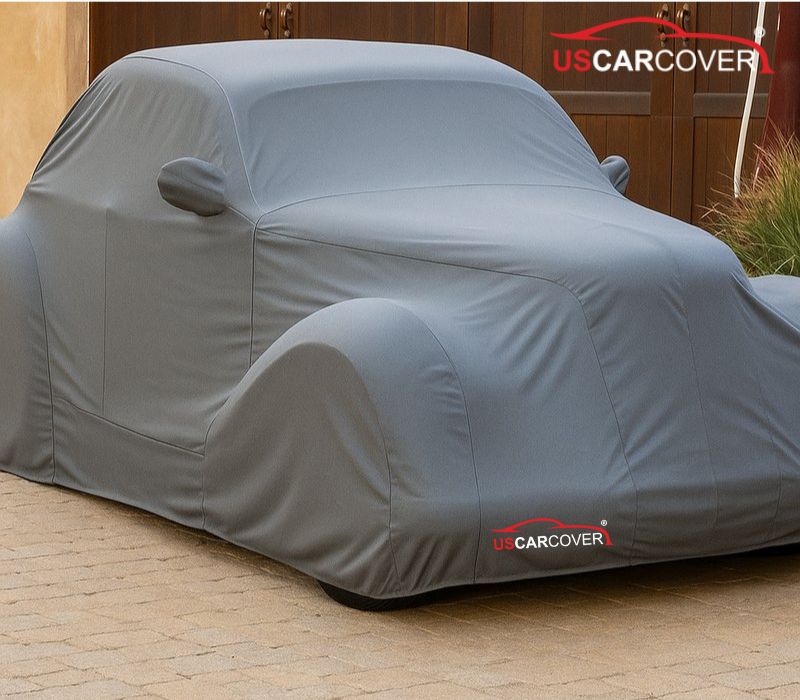
Graham car cover is not just a sheet to “cover dust for peace of mind.” For classic Graham cars stored in the United States, a correct-mechanism car cover works like a biological skin, helping the car breathe in a static space and avoiding any contact damage for many weeks or even months. Many owners share the same experience: store the car for winter, open it in early spring and find a musty cabin, glass etched with mineral spotting, chrome freckled with tiny pitting, lacquer paint that has lost depth, even a faint straight mark running along the hood edge as if “imprinted” by a seam. These damages rarely strike through one big incident. They accumulate quietly from trapped moisture, repetitive micro friction, and mismatched cover geometry. This article analyzes those pains in a clear flow, explaining why each risk appears, how it progresses during storage, what the consequences are, and how a Graham car cover with an ultra soft liner, recessed seams, and true breathability, plus a custom-fit form, can stop the issues at the root.
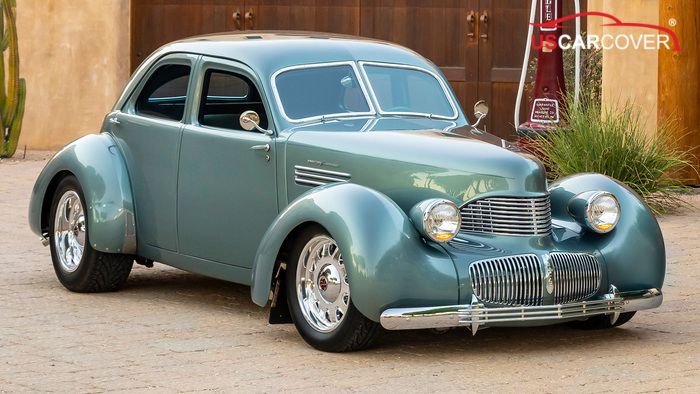
Related Articles: How to choose a GMC car cover for Urban areas, the Sun Belt, the Snow Belt, coastal regions, and high-wind plateaus
Overview of Graham vehicles and the preservation challenges during long-term storage
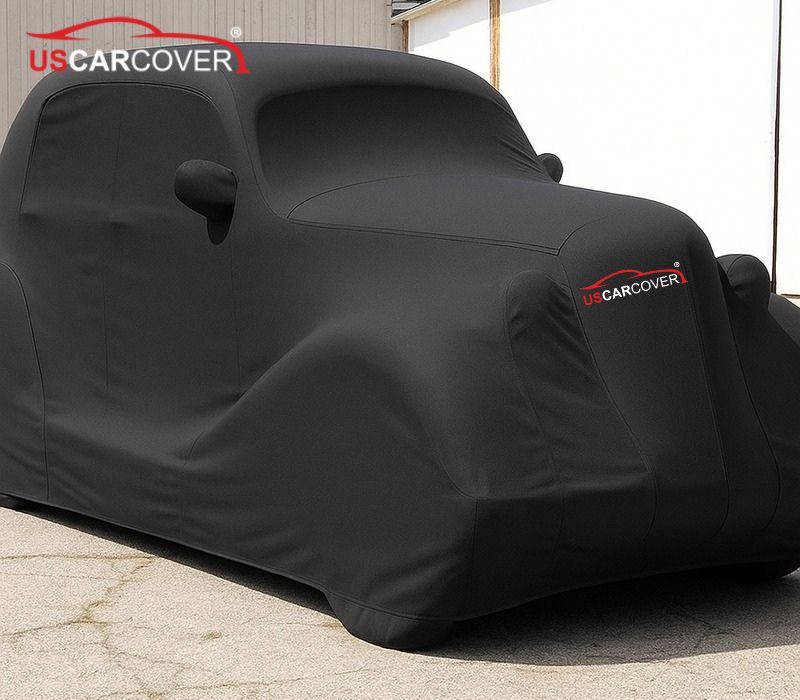
The charm of Graham lies in elegant proportions, flowing curved panels, Art Deco lines, large curved glass, fine chrome, and a refined overall stance. Those aesthetic values also make Graham more “sensitive” in storage. Period-correct finishes like nitrocellulose or lacquer are thin, soft, and likely to develop micro swirls if there is repeated friction. Vintage chrome and moldings with older base metals pit easily when salty moisture lingers. Large curved glass surfaces spot if condensate cannot escape. Vintage veneers and leather age faster under UV and humidity swings. When the car rests for months in a garage, barn, storage unit, or open shed, four small but persistent factors, humidity fluctuation, fine dust, slight airflow, and hard edges from cover seams, can combine into a quiet aging cycle.
What you need is not a thicker tarp, but a Graham car cover that operates as a system: a contact liner that is ultra soft so touch remains gentle, a custom-fit body to eliminate ballooning, a fabric that breathes so vapor can escape, an outer face that beads water so droplets roll off and reduce time wet, and recessed seams with soft hems so no “hard ridge” imprints as weeks pass. When these four mechanisms cooperate, the car can sleep without sacrificing its surfaces.
Related Articles: Geo car cover: reduce maintenance, protect 90s dashboards and plastics, and preserve resale value
“Ailments” of classic cars in storage
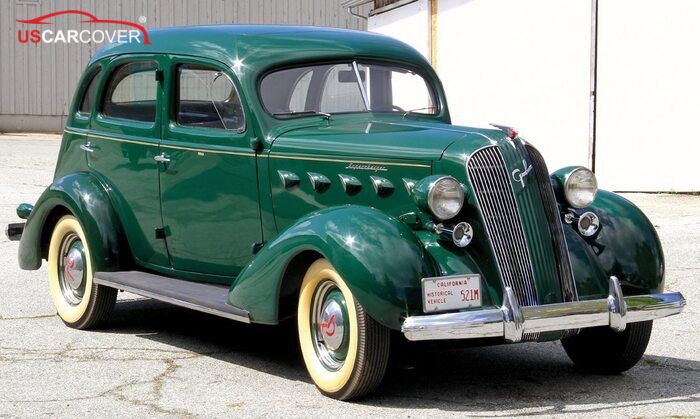
The typical experience starts with very small signals: a faint damp smell in the cabin in the morning, whitish rings at glass edges after prolonged rain, chrome that looks less mirror-like and shows tiny rough specks, black paint revealing micro swirl under light at the A pillar and wheel arches. The shared mechanism behind them is a combination of trapped moisture, repetitive micro friction, and incorrect cover geometry:
- Trapped moisture: a closed garage, concrete floor, day–night temperature swings, and a non-breathable cover create a greenhouse effect. Humidity from the floor, walls, the last wash, or the car itself accumulates and then gets “stuck” at the inner face of the cover. After a few weeks, moisture brings musty odor, mineral rings on glass, and light corrosion at metal lips.
- Repetitive micro friction: a light film of fine dust works as an abrasive. Together with small ballooning or push–pull during covering and removal, the thin lacquer layer forms swirls. On the broad curves of Graham, wind lines at the A pillar, glass edges, and hood ridge are where swirls appear first.
- Hard edges from seams and hems: raised seams or stiff hems act like invisible blades. When the cover vibrates slightly for many weeks, that edge imprints a faint line along panel borders, which you only notice when the cover comes off.
A correct-mechanism Graham car cover solves all three chokepoints: an ultra soft liner to keep touch from becoming rub, recessed seams and soft hems to remove hard edges, breathable fabric so moisture does not get trapped, and a custom-fit shape that stays still even with light airflow inside the storage space.
Related Articles: Genesis car cover: extend vehicle lifespan by blocking dust, leaves, UV, and heavy rain
Ultra soft liner: how to achieve “contact” without “abrasion”

Place your hand on a vintage lacquer surface and you will feel how delicate and “alive” it is compared with modern paint systems. A cover liner therefore serves two roles: cushioning when there is a light bump and neutralizing friction when there is micro motion. A good liner must be ultra fine, non-fuzzing, and non-bleeding when damp. If it bleeds, the stain on vintage clear coat is hard to remedy. During covering and removal, an ultra soft liner turns push–pull into a gentle glide. While the car sits still, the liner plus a close fit neutralize tiny movements caused by airflow in the storage.
The reason ultra soft liners are often underrated is that their effect does not “show off.” You only see it after months: panels remain even, no milky haze shows under lights, and glass lacks the faint scuff marks from cover contact. In contrast, rough or dyed liners “record” your bad habits, like pulling sideways, covering while surfaces are still damp, and folding the cover while wet, as stubborn faint marks.
Fix if micro swirls already appeared: switch to a Graham car cover with a quality ultra soft liner, adjust your handling routine to clean, dry, gentle, stable, and if necessary, correct swirls very lightly with a classic-safe detailer. Then keep the correct cover to prevent recurrence.
Related Articles: Freightliner car cover: convenient and durable, snow resistant, UV resistant, rain resistant, effective tractor protection
Recessed seams and soft hems: removing “hard ridges” that threaten classic panels
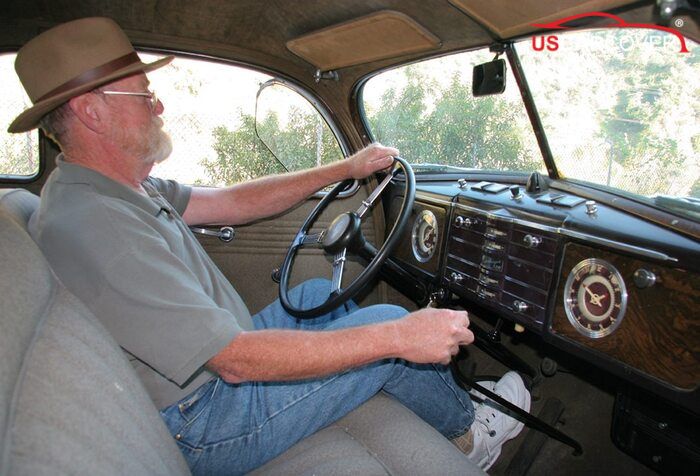
Think of a raised seam as a rigid tendon pressing on a panel every day. If there is motion, it will print a very faint line following the panel’s geometry. With Graham, where the curved panels are broad and the flanks are soft, the effect is easier to see than on modern paint. Recessed seams address the root cause: the liner side is flat, with no micro “blade” running along the surface. Soft hems turn sharp edge contact into cushioned edge contact, especially valuable at hood lips, around curved glass, and along shoulder lines.
A secondary benefit of recessed seams is easier folding and storage: the cover does not snag or create hard creases. When you place the Graham car cover into a breathable bag after drying, recessed seams keep the fabric stack flatter, reducing the risk of “wave printing” after many weeks.
If a faint seam line already exists: swap immediately to recessed seams and soft hems, check the fit for excess at the nose or rear glass, add anchoring to suppress micro motion, then observe for 2 to 4 weeks. The line should stop progressing.
Related Articles: Compact and durable, rain resistant, strong UV protection, effective cabin cooling
True breathability: understand dew point so you do not build a moisture greenhouse
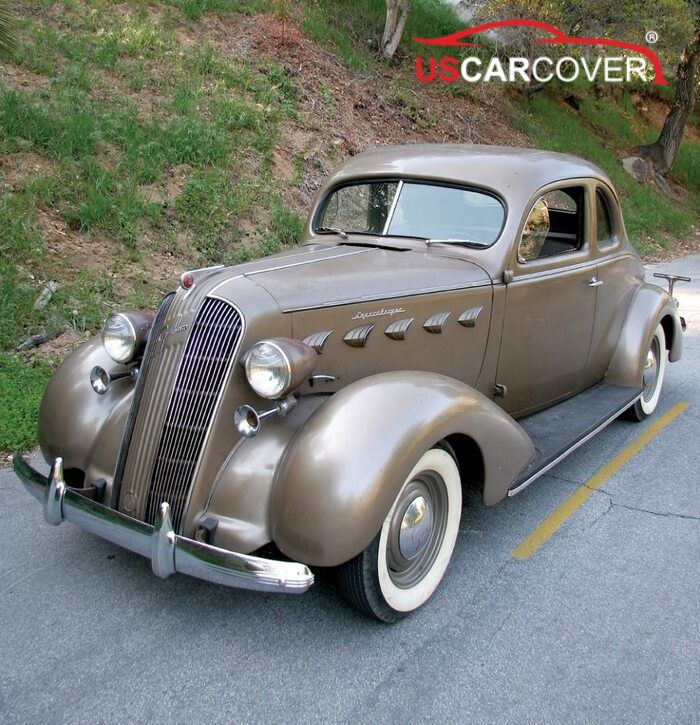
“Breathable” is often misread as “flimsy.” In fact, you need a micro-porous core that lets vapor diffuse upward while the outer face is finished to bead water so droplets roll away. When ambient temperatures drop, at night in the Sun Belt or at dawn by the coast, the vehicle surface can hit the dew point and condense. If the cover cannot breathe, those droplets get trapped between paint and fabric, linger, and become mineral spotting and musty odor. If the cover breathes, vapor from those droplets gradually escapes, keeping the interface “dry by days and weeks,” not “dry by hours then damp again.”.
In an open shed or barn with airflow, the breathability plus water beading combination also limits the entire sheet from getting waterlogged. Droplets form rounded beads and run down, shortening the time the underside is pressed wet against paint and glass. Paired with a custom-fit and well-anchored Graham car cover, most risks of trapped moisture, spotting, and odor disappear.
Signs your cover is not breathable enough: the cover stays damp with odor, glass often shows haloes, and chrome dulls quickly without direct rain exposure. The remedy is switching to a truly micro-porous fabric and changing habits: only cover for long periods when the surface is dry, and always dry the cover completely before storage.

Custom fit for Graham
The geometry of Graham is both a challenge and an opportunity. The Sharknose dips then jumps to the grille, the glass is large and curved, and the fastback tail requires precise drop length. Generic sizes leave empty spaces, literal “air pockets,” at the nose, A pillar, or rear glass. Those cavities admit airflow and create cyclic motion. A custom-fit Graham car cover ends that condition with details that seem small but decide the result: correctly placed mirror pockets, elastic hems that hug edges, a tail drop that matches the fastback line, precise cutouts for antennas or auxiliary lights, and an option for soft tops.
With correct form, the cover no longer has extra fabric to rise and fall. Micro motion, the number one cause of dust-driven swirls, is neutralized from the start. Beyond protection, custom fit makes handling compact: set nose, align mirrors, let it fall, anchor. No sideways “adjustment” that creates friction.
Related Articles: Fiat car cover: Should you choose Full cover or half cover for Fiat
Indoor or outdoor for storage: choose according to space and length of the “sleep”
Storage spaces in the United States vary widely, and the cover choice should match that reality rather than default to indoor for everything.
Closed garage with humidity control: choose an indoor Graham car cover with an ultra soft liner, recessed seams, and a micro-porous core. The main job is to eliminate friction and let surfaces breathe lightly, without needing a heavy outer shell.
Open barn or shed, carport with airflow: use an outdoor version with a beading outer face to cut night dew and wind-blown mist, while keeping a micro-porous core to avoid a moisture greenhouse. A bit of UV reflection helps veneers and leather avoid heating during slanted sun hours.
Storage unit with limited ventilation: prioritize breathability and recessed seams with soft hems. Avoid sealed nylon-like materials that drive moisture entrapment risks very high.
About duration:
1 to 3 months: pick a cover that is light, compact, and quick to handle so you can open it for periodic checks without hesitation.
Beyond 6 months: add multi-point anchoring and reinforced stress corners if the space has airflow, so the Graham car cover does not vibrate slightly for long stretches.
Related Articles: Ferrari Car Cover: Custom-fit, scratch-resistant, breathable, safe for paint
Managing moisture and heat in storage: when a good cover meets the right habits
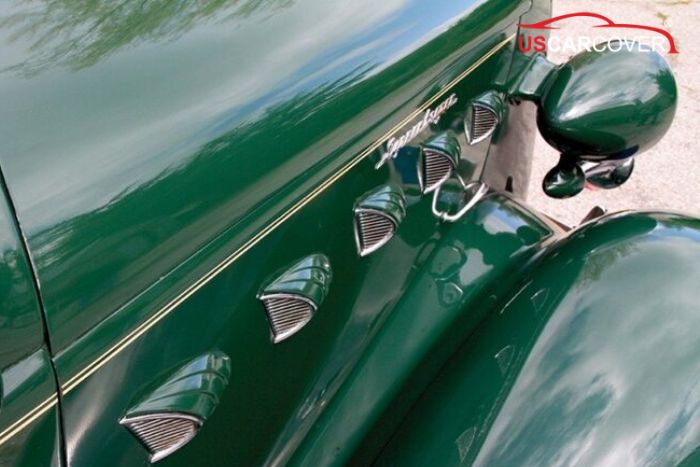
Even though a correct Graham car cover can address most risks, storage habits determine the final score. The best approach is to pair the cover with a few simple principles:
- Clean, dry, gentle, stable: before long covering, flick off large debris like leaves and grit with a clean microfiber towel. If the car is damp after rain or washing, wait for a dry surface before covering for weeks. During install and removal, follow the rhythm of set nose, align mirrors, even drop, secure, and avoid sideways dragging.
- Reasonable ventilation: allow light air exchange to prevent moisture buildup, but avoid placing the car directly in a draft that blasts one side, the source of long micro vibration.
- Active humidity control: run a dehumidifier or use desiccant packs in a closed garage. Use a moisture barrier mat on concrete floors. Do not park tight against a damp wall. Store the Graham car cover in a breathable bag and always dry it completely before storage.
- By region: in the Snow Belt, rinse off salt after moving, then let the car and cover dry before long storage. On the coast, shake off salt from the fabric face before folding. In the Sun Belt, shade slanted sun entering open storage with a light-colored curtain when possible.
When the right habit becomes muscle memory, the car’s surfaces look surprisingly calm: clearer glass, brighter chrome, leather and wood that keep depth, and paint that seems to “stand still” through the season.
Related Articles: Bentley car cover: luxury, quality, finesse even while the car is covered
Where to buy a Graham car cover for peace of mind in long-term storage
The key is getting it right the first time. You need a place that understands storage contexts in the United States, offers custom-fit forms by model and year, clearly separates indoor and outdoor options, and explains the mechanisms of an ultra soft liner, recessed seams, and breathability in plain language. US Car Cover is a trustworthy address. You can choose an indoor Graham car cover with an ultra soft liner, recessed seams, and soft hems for humidity-controlled garages, or an outdoor Graham car cover that emphasizes breathability, water beading, and anchoring for open barns or sheds. The support team can translate your local climate, Sun Belt, Snow Belt, coastal, or high-wind plateau, into a specific configuration, along with transparent purchasing and friendly post-sale support.
The most important point remains form. When a Graham car cover hugs the shape, the liner is soft enough, the fabric breathes, and the outer face sheds water well, covering and removal become quick and consistent. As the habit forms, small recurring expenses on emergency washes, swirl correction, mineral-spot removal, or deodorizing naturally drop.

Long-term storage is not “cover it and forget it.” It is the art of regulating contact. The three core qualities of a Graham car cover, an ultra soft liner so micro contact does not become marks, recessed seams with soft hems so hard ridges disappear, and breathability with water beading so moisture is not trapped, when combined with a custom fit that is aerodynamically stable and the clean, dry, gentle, stable routine, will keep your Graham sleeping peacefully yet beautiful. On wake-up day, you only need to remove the Graham car cover and dust very lightly. The paint still has depth, the chrome is bright, the glass is clear, and the interior is dry, ready to step into the light like a storytelling piece rather than a keepsake just escaping a damp sleep.
